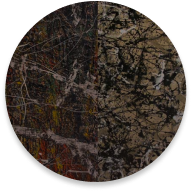INFLUENCES
ARTISTS AND CRITICS WHO INFLUENCED THE LIFE OF BRAJO FUSO
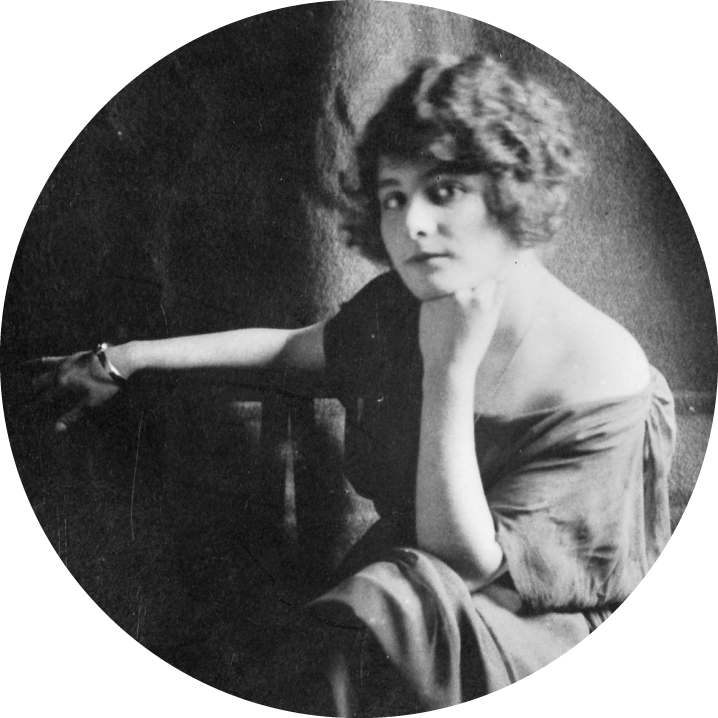
BETTINA FUSO
Among the people who most influenced Brajo Fuso, his wife has a place of honour. Bettina Fuso (her real name was Elisabetta Rampielli) is a central figure in the maturation of the artist from Perugia. She encouraged her husband to paint after returning from the Second World War. Her life was entirely dedicated to art and culture, in all its phases: first, the individual practice and academic studies; then, active involvement in cultural gatherings, exhibitions and personal recognition; lastly, the support to Brajo in the creation of the Fuseum.
In the current Sala Bettina in the Fuseum, as in their house in Palazzo Cesaroni, Brajo and Bettina used to organise gatherings of conviviality and dialogue with their friends, who included artists, critics, and intellectuals. These people influenced Brajo Fuso in his research process.
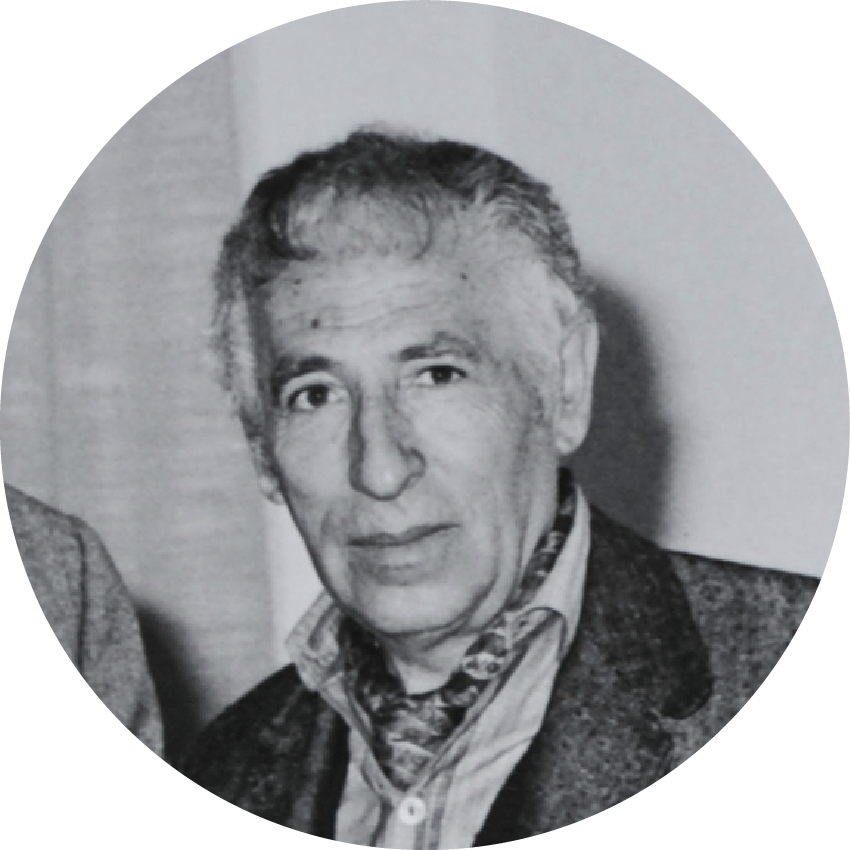
ANDRÉ VERDET
Art critic and artist, Verdet introduced Brajo to the French poetics of Nouveau Réalisme, of which it is possible to find traces in his Cromoggetti. Verdet became a friend of Brajo and spent time at the Fuseum. Together with Argan and Tomassoni, Verdet wrote the first monography on Brajo Fuso, published in 1976.
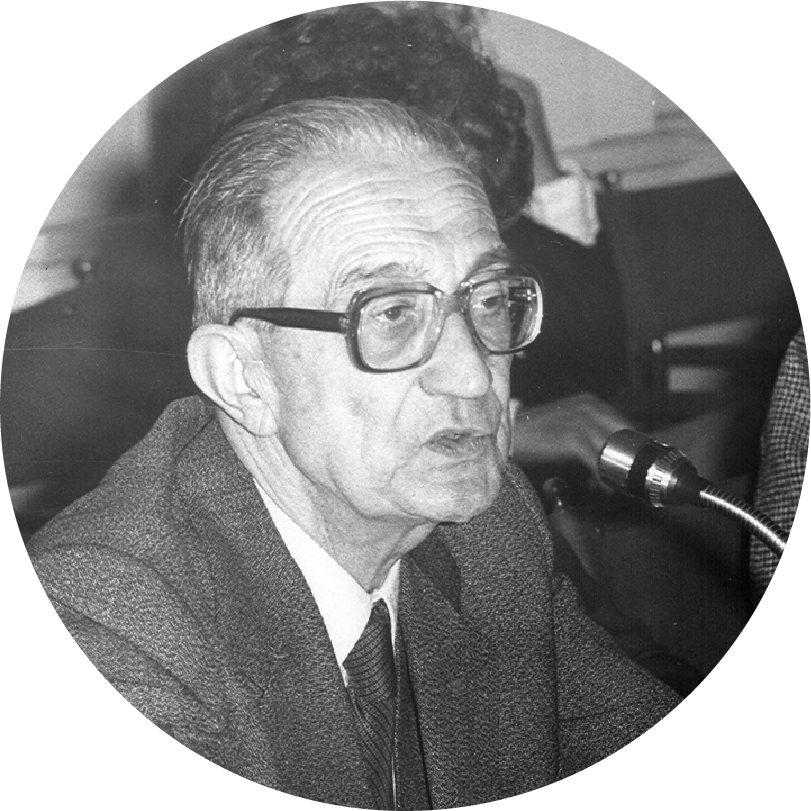
GIULIO CARLO ARGAN
Argan introduced Brajo Fuso in art history. In the early 1960s, he coined the expression Débris Art
(art of recycling) for those artworks made with objects by Brajo. Later, Argan defined Brajo as one of the most important European artists of the ’90s. They established a friendship, and the critic used to be invited very often to the Fuseum.
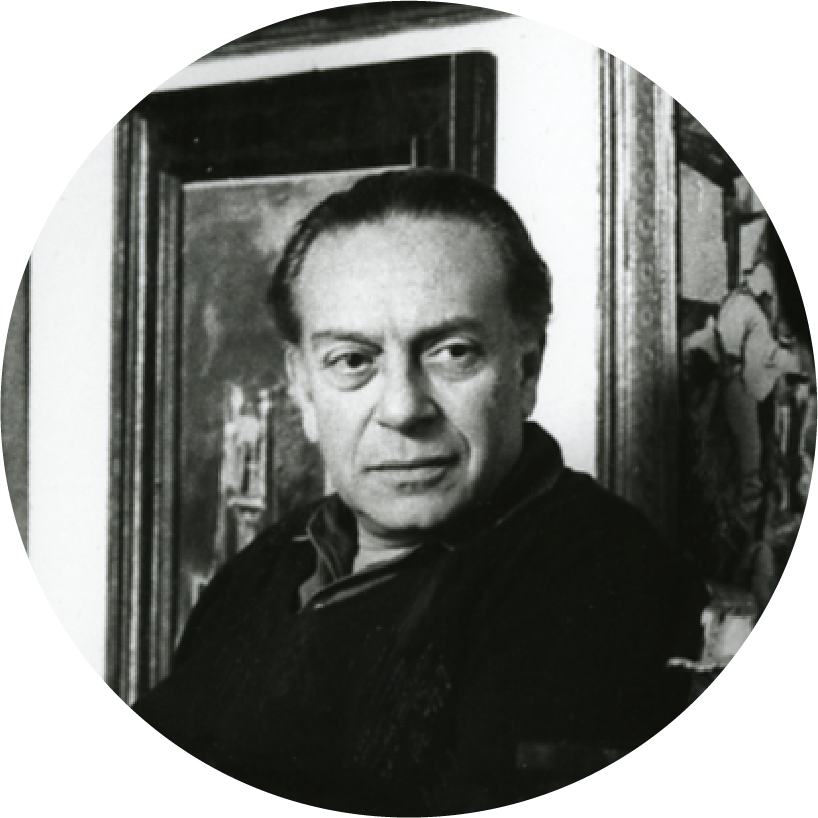
RENATO GUTTUSO
The young painter Guttuso, when he was in Perugia for restoration works at the Art Academy, was hosted at the Fuso house for six months, and he established a lifelong friendship with Brajo and Bettina. He painted a portrait of Bettina that is preserved by heirs today. The friendship with Guttuso gave important imprinting to Brajo and Bettina Fuso. He told Bettina to stop attending the Art Academy at the end of the first year, encouraging her to study art on the street. His teaching was also a guide for Brajo, who stayed away from academic education. Even though he was a man of institutions and an esteemed professor, he decided to be artistically independent.
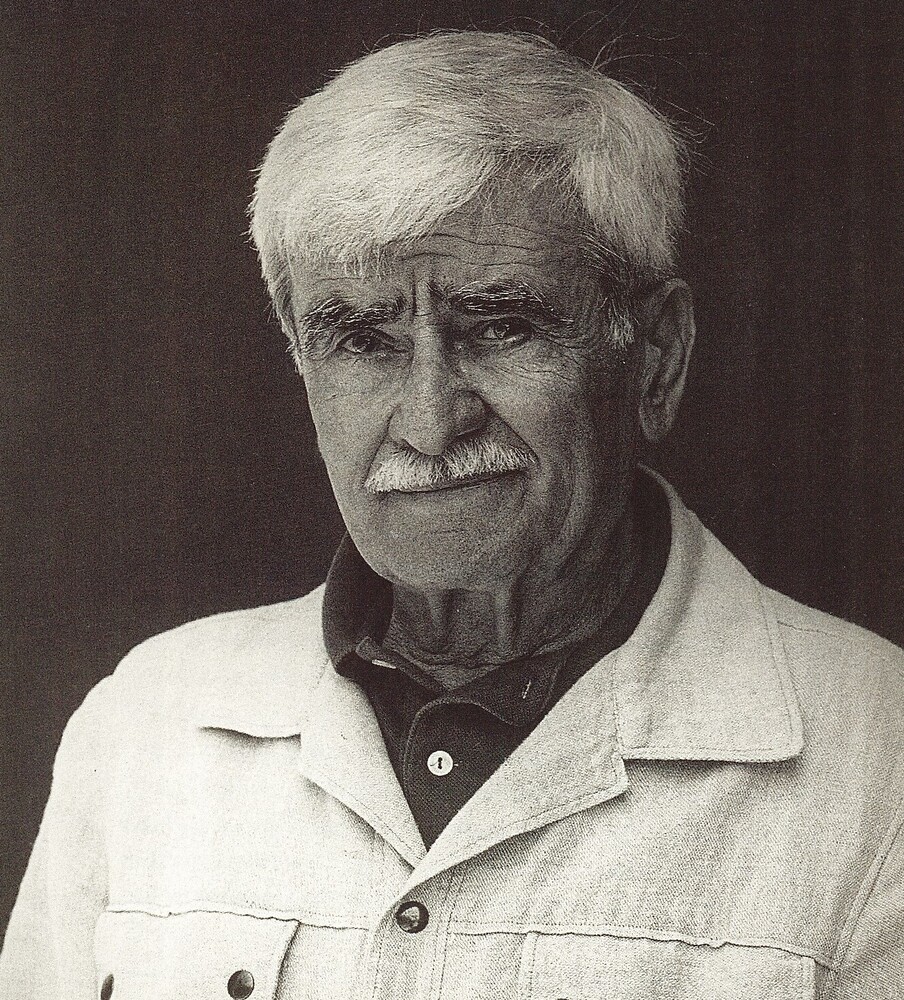
ALBERTO BURRI
Brajo spent time with Alberto Burri, so the comparison between their artworks is direct and important. They were both Umbrian artists, and there was rivalry between them, even if never declared. The great difference between them was their attitude towards the art world.
Burri had already entered the art market, adapting its dynamics to his strong personality; his artworks were widely known and had a great economic value. Today, the Ex Seccatoi del Tabacco house most of his artworks and celebrate in a majestic and almost sacral way his uniqueness.
Fuso decided not to enter the art market (except for a short period in the 1970s, when his Legni collection aroused interest). His art is disinterest, authentic and honest towards the buyer. In the 1960s, a period of general criticism of the art market, Brajo created the Fuseum, a place where he played and talked with the visitor. He creatively used materials and believed in free art at everybody’s disposal. His career would be relegated to the margins of the art scene, both because of the objective difficulty of contextualising his style and the difficulty of detaching himself from the artworks he used to introduce as his children
.
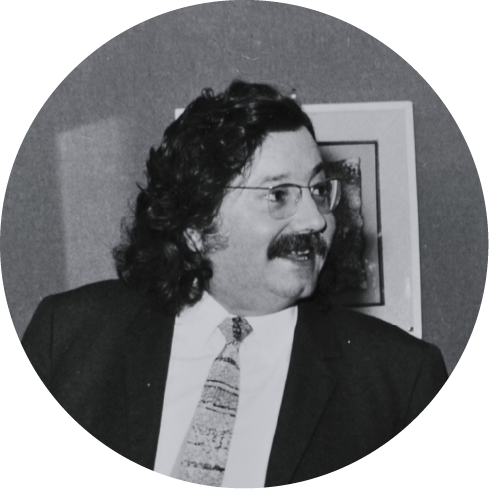
PIERRE RESTANY
The theorist of Nouveau Réalisme was often hosted in Umbria by the Lungarotti family, owner of an important Italian wine company. Mrs Maria Grazia, wife of the founder Giorgio Lungarotti and friend of Bettina, introduced him to Mr and Mrs Fuso. Restany met them on several occasions, as many photos of that period show. He knew about the work of Brajo Fuso, and they probably exchanged opinions about it.
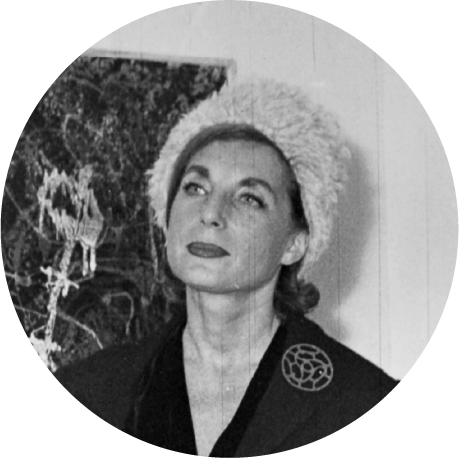
PALMA BUCARELLI
Historical director of the Galleria Nazionale d’Arte Moderna e Contemporanea of Rome (National Gallery of Modern and Contemporary Art), she met Brajo Fuso in the capital city. The occasion was the first personal exhibition of the artist in 1946, at the Il Cortile Gallery, where she, together with the critic and the art historian Lionello Venturi, had the occasion to meet Brajo thanks to Giulio Carlo Argan. Enthusiastic about the artworks exhibited, she suggested the GNAM buy one of them, but the purchase was unsuccessful.
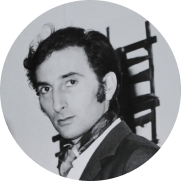
ITALO TOMASSONI
In 1976, together with Verdet and Argan, he wrote the monography dedicated to Brajo, published by Editalia. Since the late 1960s, he established a collaborative relationship with the artist: Tomassoni followed him throughout his career and, in a post-mortem exhibition in 2010, he reinterpreted his work .



